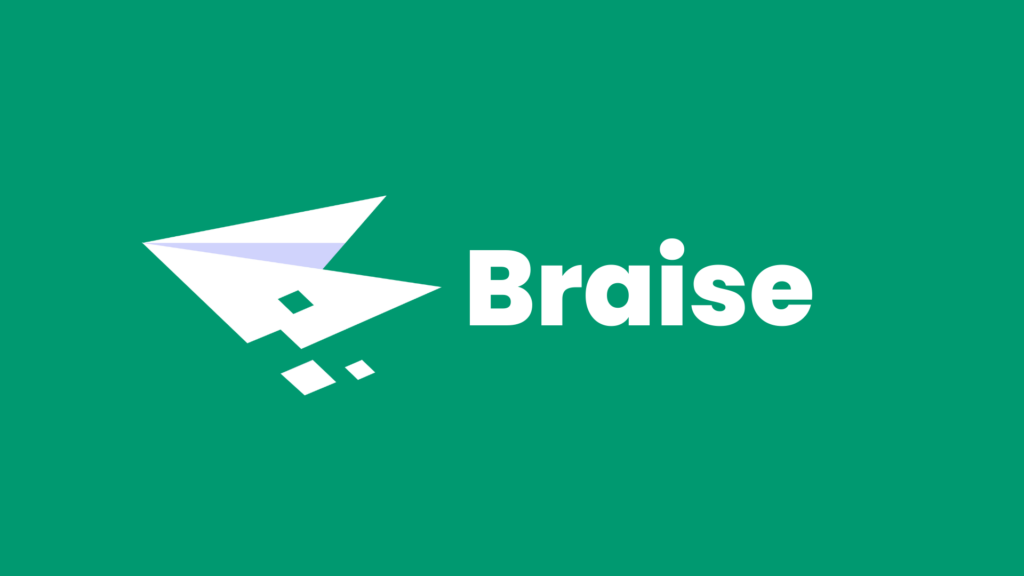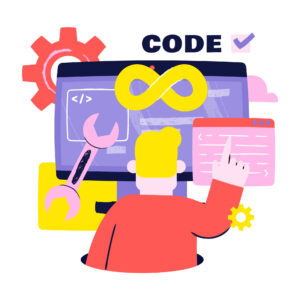In the fast-paced world of web development, it is vital to stay updated with the latest technology stacks. Consequently, one such stack that has garnered considerable attention is the MEAN Stack. Within the pages of this comprehensive guide, we will delve into the MEAN Stack, examining its components, its versatile use cases, and the reasons why it has become a top choice for developers worldwide.
What is the MEAN Stack?
MEAN is an acronym that stands for MongoDB, Express.js, Angular, and Node.js. Each of these technologies plays a distinct role in web application development. Let’s break down the components of the MEAN Stack:
MongoDB
MongoDB is a NoSQL database known for its ability to store data in a flexible, JSON-like format. Moreover, it’s specifically designed to handle large volumes of unstructured or semi-structured data. Consequently, this scalability and user-friendly nature make MongoDB a widely preferred option for storing and managing data in web applications.
Express.js
Express.js, being a web application framework for Node.js, is renowned for its simplicity and robust features. Consequently, it streamlines the development of web applications by furnishing an array of tools for handling routing, and middleware, and overseeing HTTP requests and responses.
Angular
Angular, a front-end framework developed and maintained by Google, is renowned for its capability to create dynamic and responsive user interfaces. Moreover, it simplifies the process of developing intricate, single-page web applications, solidifying its status as a preferred choice for front-end development.
Node.js
Node.js, serving as a runtime environment, enables developers to run JavaScript on the server side. Furthermore, it is renowned for its high performance and non-blocking, event-driven architecture, which makes it an ideal choice for developing scalable, real-time applications.
MEAN Stack: How It All Fits Together
The MEAN Stack is widely recognized for its proficiency in building end-to-end web applications, making use of JavaScript across all layers, extending from the database to the front end. To gain a deeper understanding, let’s explore how these components seamlessly collaborate:
- MongoDB serves as the database for storing application data. It’s schema-less, allowing data addition without predefined structures, enhancing flexibility and adaptability to changing requirements.
- Express.js serves as the back-end framework, handling routing, HTTP requests, and middleware. It connects the front end to the database, ensuring smooth data flow.
- Angular takes care of the front end, allowing developers to create interactive and dynamic user interfaces. It communicates with the back end to fetch and display data to the user.
- Node.js is the server runtime environment, executing JavaScript on the server side. It powers the entire application, manages requests, and interacts with the database.
Why Choose the MEAN Stack?
Now that we understand what the MEAN Stack comprises, let’s explore the compelling reasons why developers choose it for web application development:
1. Full JavaScript Stack:
One of the most substantial advantages of the MEAN Stack is its exclusive use of JavaScript across the entire application. Consequently, developers can write code in a single language, thereby streamlining the processes of development, debugging, and maintenance.
2. Highly Productive:
The MEAN Stack is renowned for its productivity. Furthermore, the utilization of JSON for data transfer between client and server, in addition to the code’s reusability, significantly expedites development.
3. Scalability:
All components of the MEAN Stack are designed to be scalable. MongoDB’s horizontal scaling capabilities, along with the event-driven architecture of Node.js, enable applications to handle high loads efficiently.
4. Real-time Applications:
Node.js, a pivotal element within the MEAN Stack, is particularly well-suited for real-time applications. Consequently, it becomes the ideal choice for chat applications, online gaming platforms, and other projects that require instantaneous data updates.
5. Active Community and Ecosystem:
The MEAN Stack benefits from a vibrant and active developer community. This means extensive documentation, libraries, and resources to support developers in building robust applications.
6. Cross-Platform Compatibility:
MEAN applications can be deployed across multiple platforms. Furthermore, this includes Windows, macOS, and Linux. Consequently, thanks to this cross-platform compatibility, the MEAN Stack proves to be an exceedingly versatile choice for a wide variety of projects.
Getting Started with the MEAN Stack
If you’re interested in diving into the MEAN Stack, here’s how you can get started:
1. Set Up Your Development Environment:
Ensure you have Node.js and MongoDB installed on your system. You’ll also need a code editor of your choice. Many developers prefer Visual Studio Code for its MEAN Stack development capabilities.
2. Learn Each Component:
Familiarize yourself with MongoDB, Express.js, Angular, and Node.js. There are numerous tutorials, documentation, and online courses available to help you master each component.
3. Build Your First MEAN Application:
Start with a simple project to gain hands-on experience. Create a basic web application that uses all four components of the MEAN Stack to understand how they interact.
4. Explore Advanced Features:
As you become more comfortable with the stack, explore advanced features like authentication, real-time capabilities, and security measures to create robust applications.
MEAN Stack: The Future of Web Development
In a technology-driven world, it’s crucial to remain at the forefront of web development. Furthermore, the MEAN Stack provides a versatile and efficient solution for building web applications, establishing itself as a strong contender for the future of web development. Moreover, its full-stack JavaScript approach, scalability, and real-time capabilities firmly position it as the top choice for developers and businesses alike.
In conclusion, the MEAN Stack represents a powerful combination of technologies, which, in turn, simplifies web application development and empowers developers to craft feature-rich, efficient applications. Its versatility, scalability, and compatibility with modern development needs make it a valuable tool for anyone looking to succeed in the world of web development. So, whether you’re a seasoned developer or just starting your coding journey, consider exploring the MEAN Stack to unlock its full potential for your projects.








